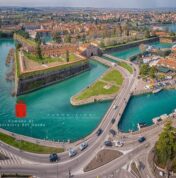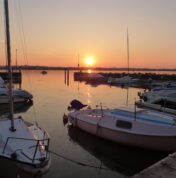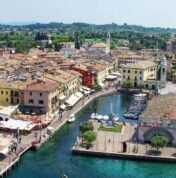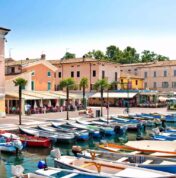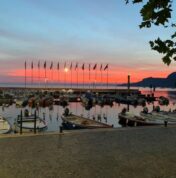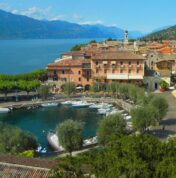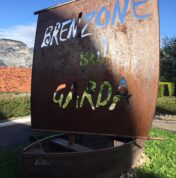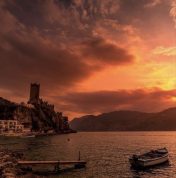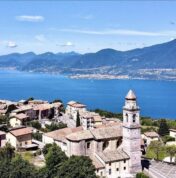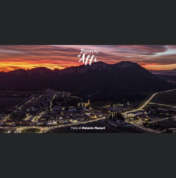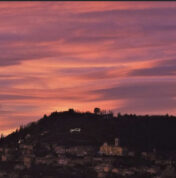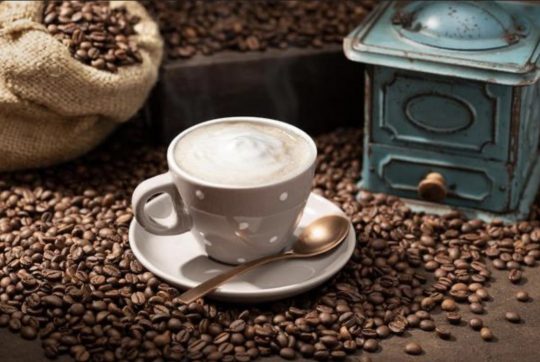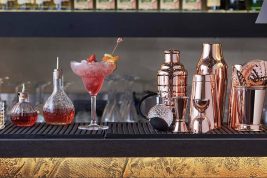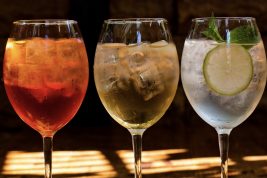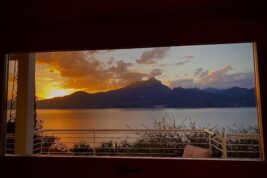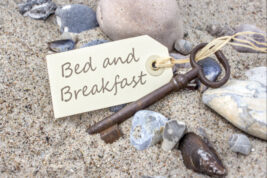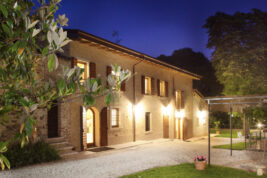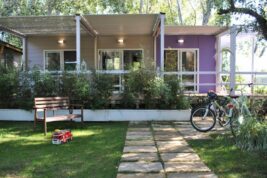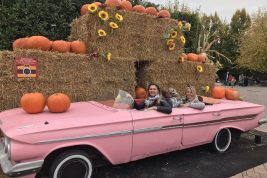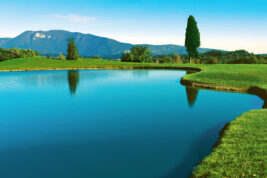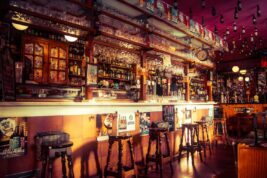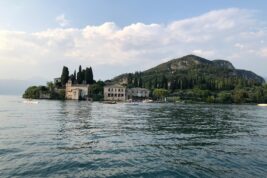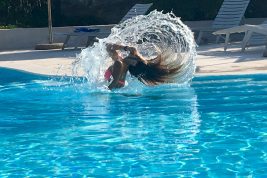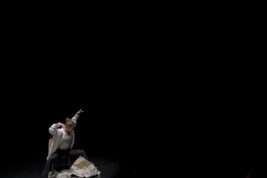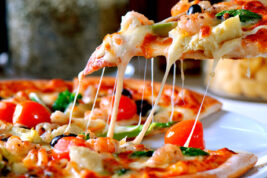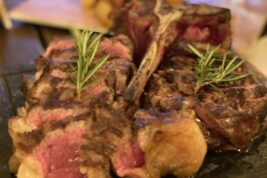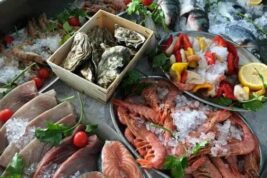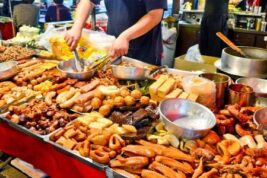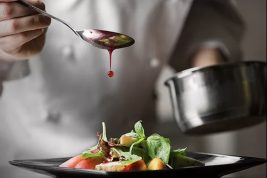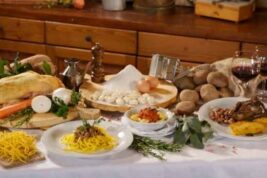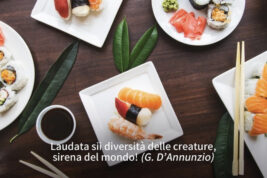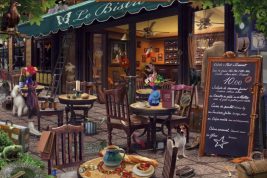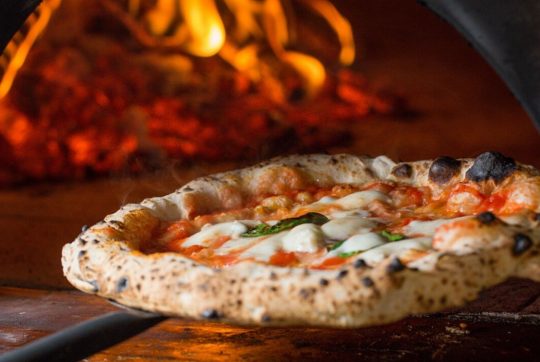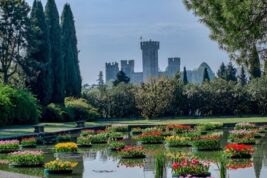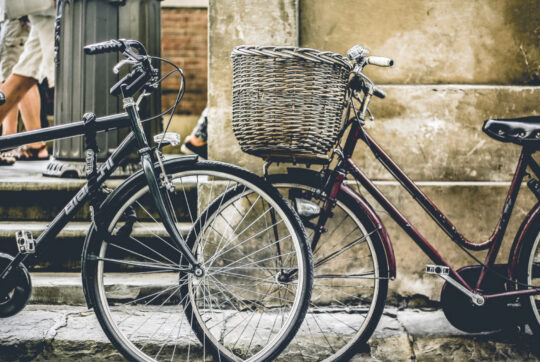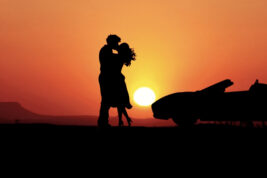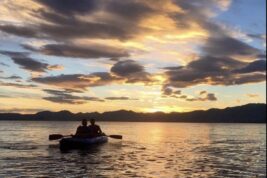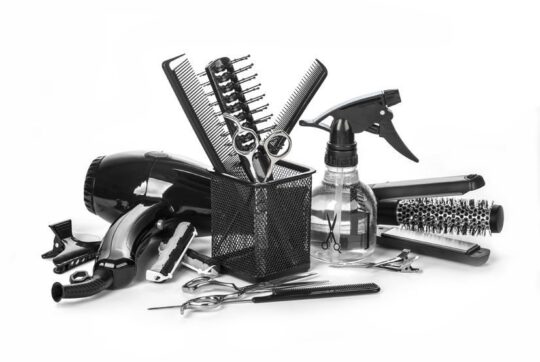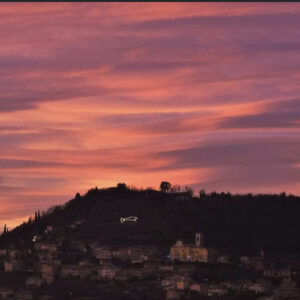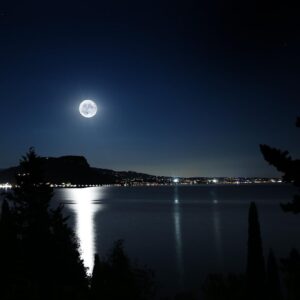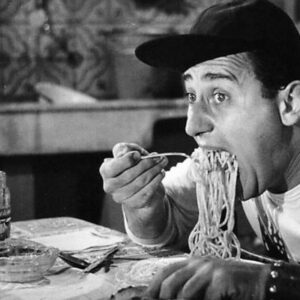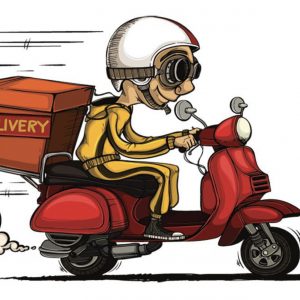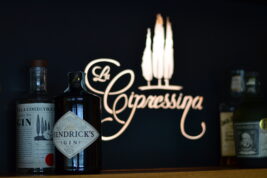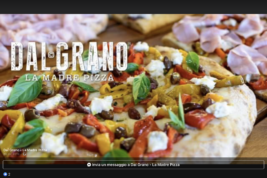In ancient documents the town of Cavaion was firstly referred to as Caput Leonisand Capalionis, meaning “lion’s head” and probably indicating the fortified nature of the village. In the Veneto dialect the word Cavajon is most commonly used to describe a sort of haystack employed in the threshing process. Early traces of human presence date back to the Paleolithic period but the first human settlement originally appeared in the Bronze Age, as evidenced by finds and artefacts now kept in theArchaeological Town Hall Museum.
The Romans occupied the area around the 1st century BC and after a period of peace,with the fall of the Roman Empire, Barbarian people began to invade these territories.
Since the Longobard era the village had been part of the court of the San ColombanoMonastery of the Bardolino Priory dependent from the Abbey of San Colombano diBobbio (PC) and of its large monastic feud. The monks evangelized the area and fostered the development of culture, trade, fishing and agriculture (mainly vines and olive trees), introducing important innovations and opening new trade routes.
Later on Cavaion was dominated by the Scaligeri family (1277) until 1405 when it came under the rule of the Republic of Venice. In the 18th century the Cavaionterritory was raided and ravaged by Spanish, German and French troops passing through the region. With the end of the Venetian Republic (the so-called Serenissima), Cavaion was subjected to Austria and in 1866 it was annexed with the whole Veneto region to the Kingdom of Italy.
The town’s economy is based on wine production, fruit (kiwis, peaches, cherries), cereal and vegetable growing. The cultivation of olive trees is very important together with the production of extra virgin olive oil. The municipality of CavaionVeronese is the seat of the Consortium for the protection of Extra Virgin Olive Oil Garda DOP (Denomination of Protected Origin) and it belongs to the national Association called “Città dell’Olio”. The industry of the surrounding territory is mainly represented by the stone and marble business and by a top-class engineering and metalworking sector. However, the true driving force of local economy is the tourist activity of the Lake Garda district.
Whether you arrive from the highway or freeway, the town of Cavaion appears majestic, with its church perched on the hill looking like a all-year-long Nativity scene, mainly in the evening, when lamp lights make it even more suggestive.
Cavaion offers visitors lovely natural corners in its hamlets of Incaffi and Ceriel, without ever losing its unique historical characteristics.



